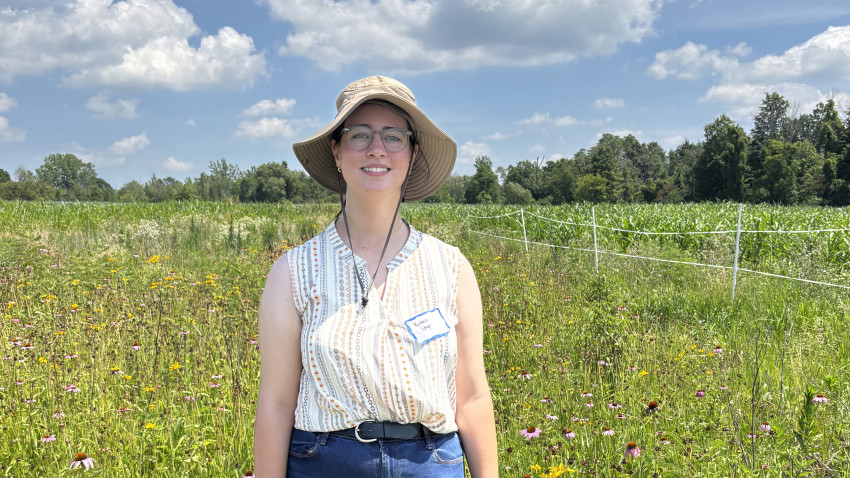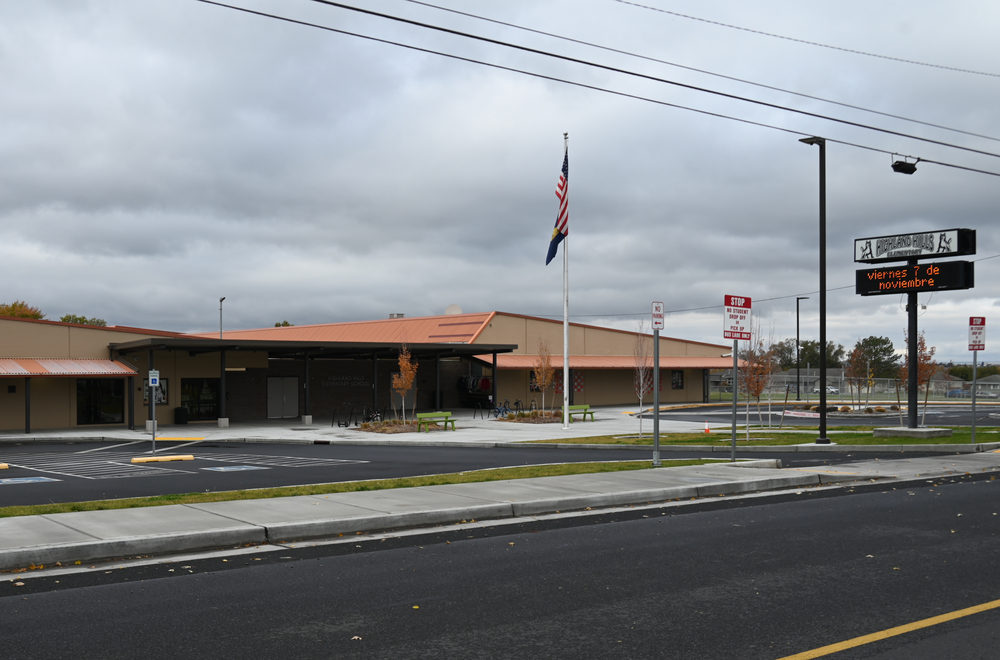Researchers at Cornell University are utilizing wildflower strips as a strategic approach to enhance biodiversity, attract pollinators, and combat the growing problem of weeds in agriculture. Under the guidance of Antonio DiTommaso, a weed ecologist and director of the Cornell Agricultural Experiment Station, master’s student Rebecca Stup is conducting important research to understand the impact of these flower strips on farmland.
Addressing Pollinator Declines and Herbicide Resistance
The decline of pollinators has become a significant concern in the United States, with reports indicating a drastic reduction in their populations over the past decade. Last winter marked a record loss of honeybee colonies, raising alarms about the potential repercussions for agriculture and ecosystems. Simultaneously, certain weed species have begun to show resistance to commonly used herbicides, complicating weed management practices for farmers.
Research conducted in Europe has demonstrated that planting flower strips adjacent to agricultural fields can bolster biodiversity, enhance pollination, and improve natural pest control. These findings have inspired the current investigation at Cornell, where Stup is comparing weed and insect communities in conventionally managed field margins with those seeded with native plants and wildflowers.
Research Goals and Methodology
Stup’s research is focused on two farms managed by the Cornell Agricultural Experiment Station. By analyzing the differences in weed and insect populations between traditional and wildflower-enhanced margins, she aims to identify effective strategies that maximize biodiversity while minimizing competition between weeds and crops. This approach aligns with broader agricultural sustainability goals, promoting healthy ecosystems alongside productive farming practices.
The overarching aim of this initiative is to develop practical solutions for farmers facing the dual challenges of declining pollinator populations and increasing weed resistance. By integrating wildflower strips into agricultural landscapes, researchers hope to create a more resilient farming system that supports both biodiversity and crop yields.
As this research progresses, the findings could pave the way for innovative agricultural practices that not only benefit farmers but also contribute to the preservation of vital ecosystems. The implications of this work extend beyond the fields of Cornell; they resonate with global efforts to promote sustainability in agriculture and protect biodiversity.
For more details on this ongoing research, visit the CALS Newsroom.







